Lab Grown Diamonds Baltimore
Lab Grown Diamonds
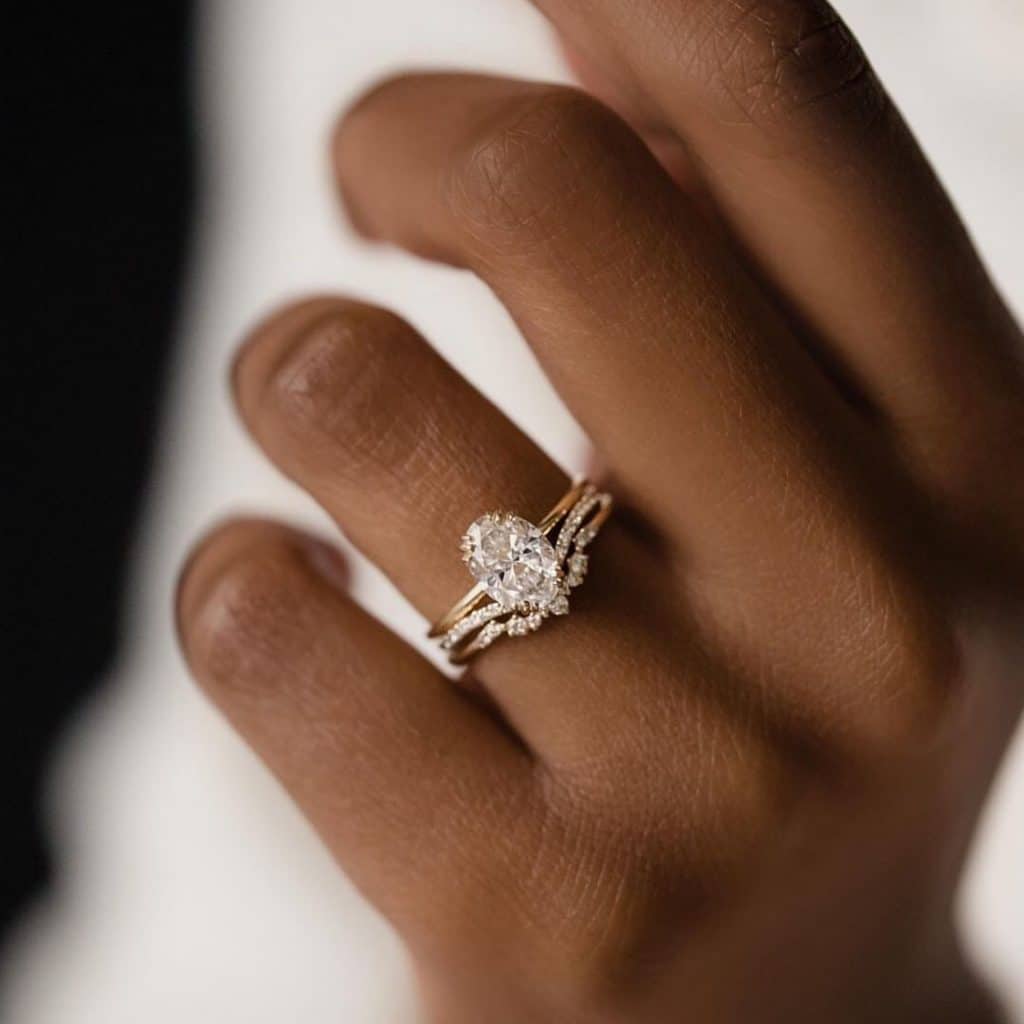
When you are looking for an engagement ring in Baltimore, MD, you have a lot of choices to make. One of the most important is what type of diamond you want. Here, you’ll be able to learn how lab grown diamonds compare to Earth mined diamonds.
Many people choose lab grown diamonds because they are less expensive, more environmentally friendly, and 100% conflict free.
What is a lab grown diamond?
Simply put, a lab grown diamond is a diamond produced in a laboratory over several weeks. The two most common ways to grow diamonds are high-pressure, high-heat (HPHT), and Chemical Vapor Deposition (CVD). While the end product is nearly identical to a natural diamond chemically, optically, and physically the crystal formation of the techniques is vastly different.
When cut and polished, laboratory grown diamonds cannot be distinguished from natural diamonds by the naked eye. It takes gemological techniques and a wide range of analytical tests to verify lab grown diamonds. Lab grown diamonds even have inclusions that appear similar to natural diamonds!
Are lab grown diamonds real?
The scientific definition of a diamond is pure carbon crystallized in an isometric system. Both laboratory grown diamonds and natural diamonds meet this standard. Lab grown diamonds are created through chemical synthesis; if you’re reading scientific journals or research papers, you may see them referred to as synthetic diamonds. We refer to them as lab grown or lab created diamonds within the diamond and jewelry industry because they are real diamonds.
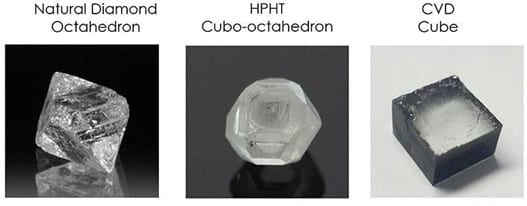
How are lab grown diamonds made?
HPHT
The HPHT (high-pressure, high-heat) process attempts to mimic the pressure and heat that naturally form diamond crystals. In this process, a pure carbon powder (such as graphite) is pressed into a growth capsule and placed in a growth chamber. Extreme heat (up to 1600 degrees C) and high pressure (870,000+ pounds per inch) are applied, and a diamond crystal begins to form atom by atom. HPHT diamond crystals form a cubo-octahedron crystal rather than the octahedron crystal of a natural diamond. This gives them dramatically different internal growth patterns than mined diamonds. Through this process, large diamonds, up to 10 carat rough crystals, can be formed in under two weeks.
CVD
The other common process is CVD (Chemical Vapor Deposition). CVD works similarly to 3D printing, where the diamond is grown layer by layer. This process begins with a diamond wafer placed in a vacuum chamber. The inside of the chamber is heated to 2192 degrees F by either a microwave or laser, which vaporizes the plasma cloud of carbon-rich gasses (hydrogen and methane). The carbon atoms rain down on the diamond wafer and form a uniform coating of diamond. This process takes nearly one month to grow a diamond crystal that can be cut and polished into a 1 carat loose diamond. The CVD process forms a diamond crystal with a cubic and vertical growth.
Lab Grown Diamonds vs. Natural Diamonds
| Lab Grown Diamond | Natural Diamond | |
|---|---|---|
| Is a real diamond | Yes | Yes |
| Most contain clarity characteristics | Yes | Yes |
| Can be certified by GIA | Yes | Yes |
| Certified using the 4 Cs | Yes | Yes |
| Can be Certified Sustainability Rated | Yes, have qualifying manufacturers | Yes, but no currently qualify |
| Take billions of years to form | No | Yes |
| Can be grown in weeks or months | Yes | No |
| Can be used in jewelry | Yes | Yes |
| Can be grown in fancy colors | Yes | Yes |
| Can fluoresce | Yes | Yes |
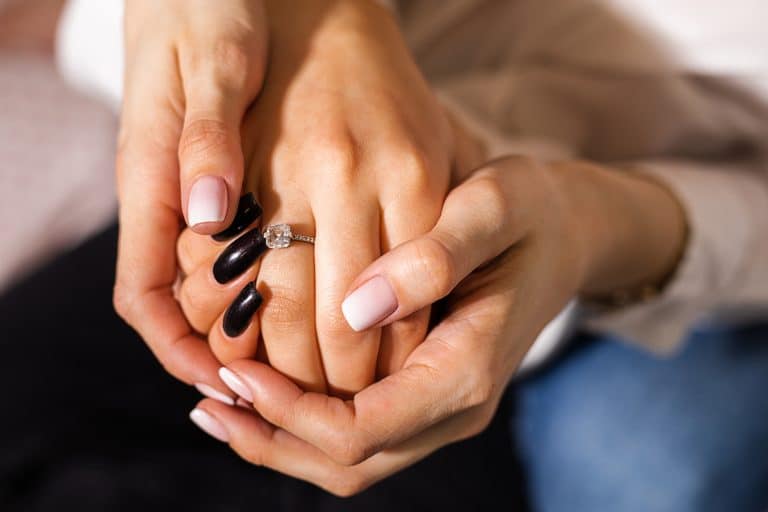
Why buy a lab created diamond?
There are many reasons people choose to buy a lab created diamond over a natural diamond. Lab created diamonds are conflict-free, less expensive, and can be more environmentally friendly than their mined counterparts. Unlike mined diamonds, you have the option to purchase a created loose diamond that has been Certified Sustainability Rated. This diamond manufacturer has met the five pillars of sustainability, is carbon neutral, and is actively funding programs that are removing black carbon from the atmosphere.
Diamonds were first successfully grown in a lab in the mid-1950s. These diamonds didn’t meet gem-quality standards and were used for manufacturing. By the mid-1990s, gem-quality diamonds were able to be grown. This road to jewelry-quality laboratory diamonds was paved with scientific breakthroughs and accomplishments.
A Lab created diamond is not a lesser diamond than a naturally formed diamond. The availability of these diamonds is genuinely remarkable, and it has been a journey of technological marvels to get to this point. While creating these diamonds requires no open-pit mining or dredging, the energy needed to produce them is immense.
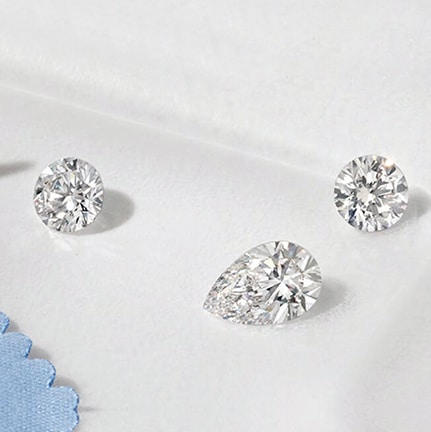
Do lab created diamonds look real?
Yes, lab created diamonds look real because they are real. They are optically identical to naturally created diamonds. Lab created diamonds are not imitation diamonds like cubic zirconia or synthetic moissanite. They are as beautiful, sparkly, and durable as natural diamonds. Gemologists spot the differences between these two diamonds using gemological testing and equipment.
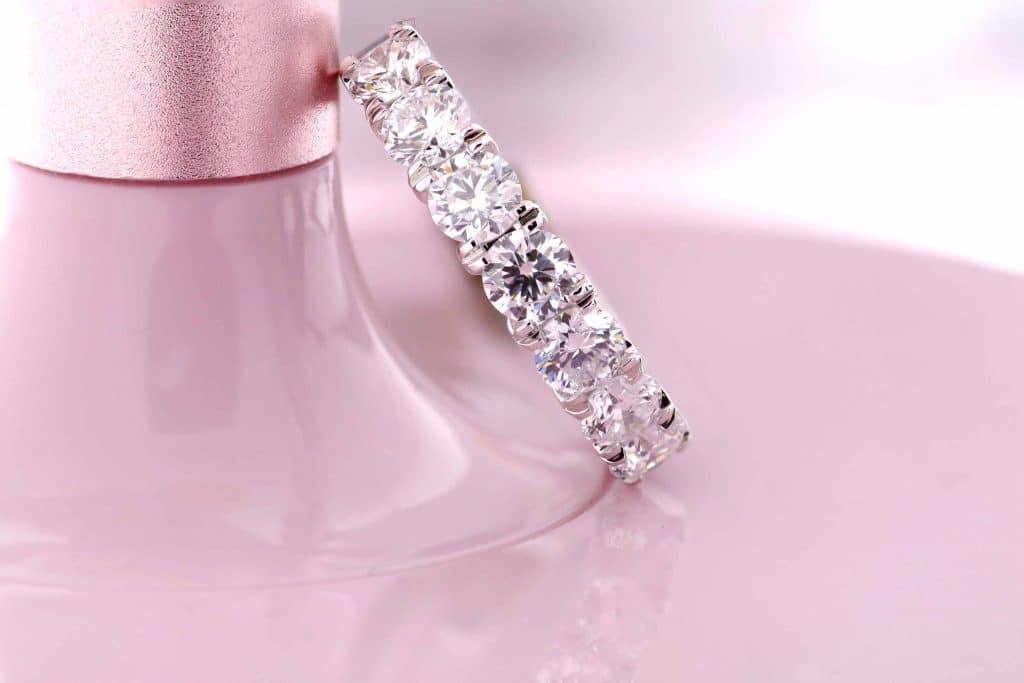
Are lab grown diamonds worth it? YES!
When you purchase a lab grown diamond, you get a diamond that is more affordable than a mined diamond. Your diamond will be conflict-free, does not require mining, and can be Certified Sustainability Rated.

